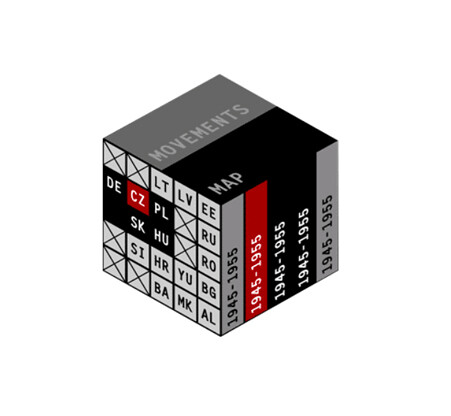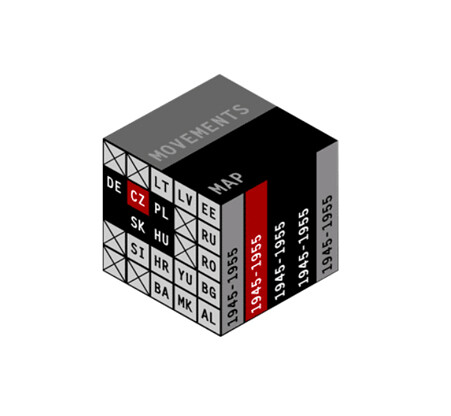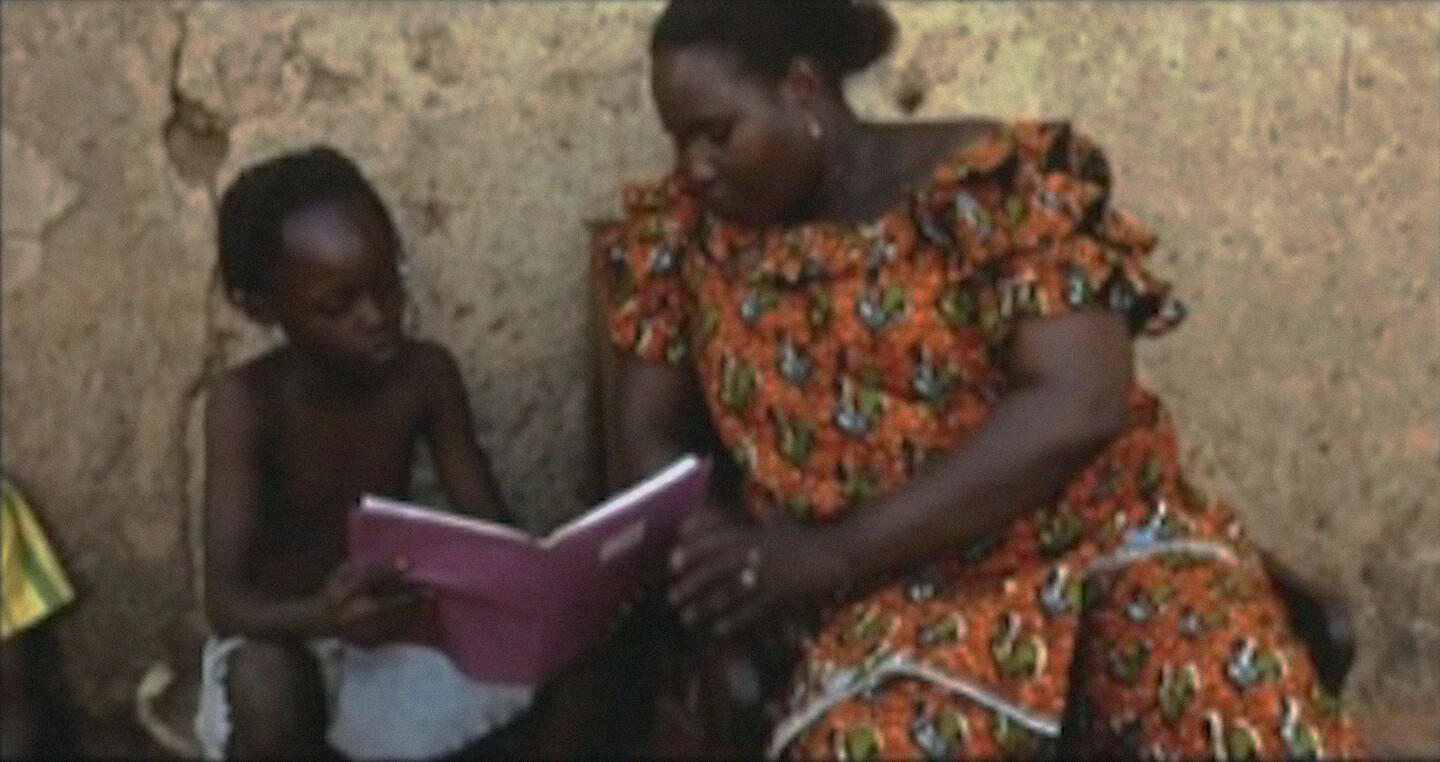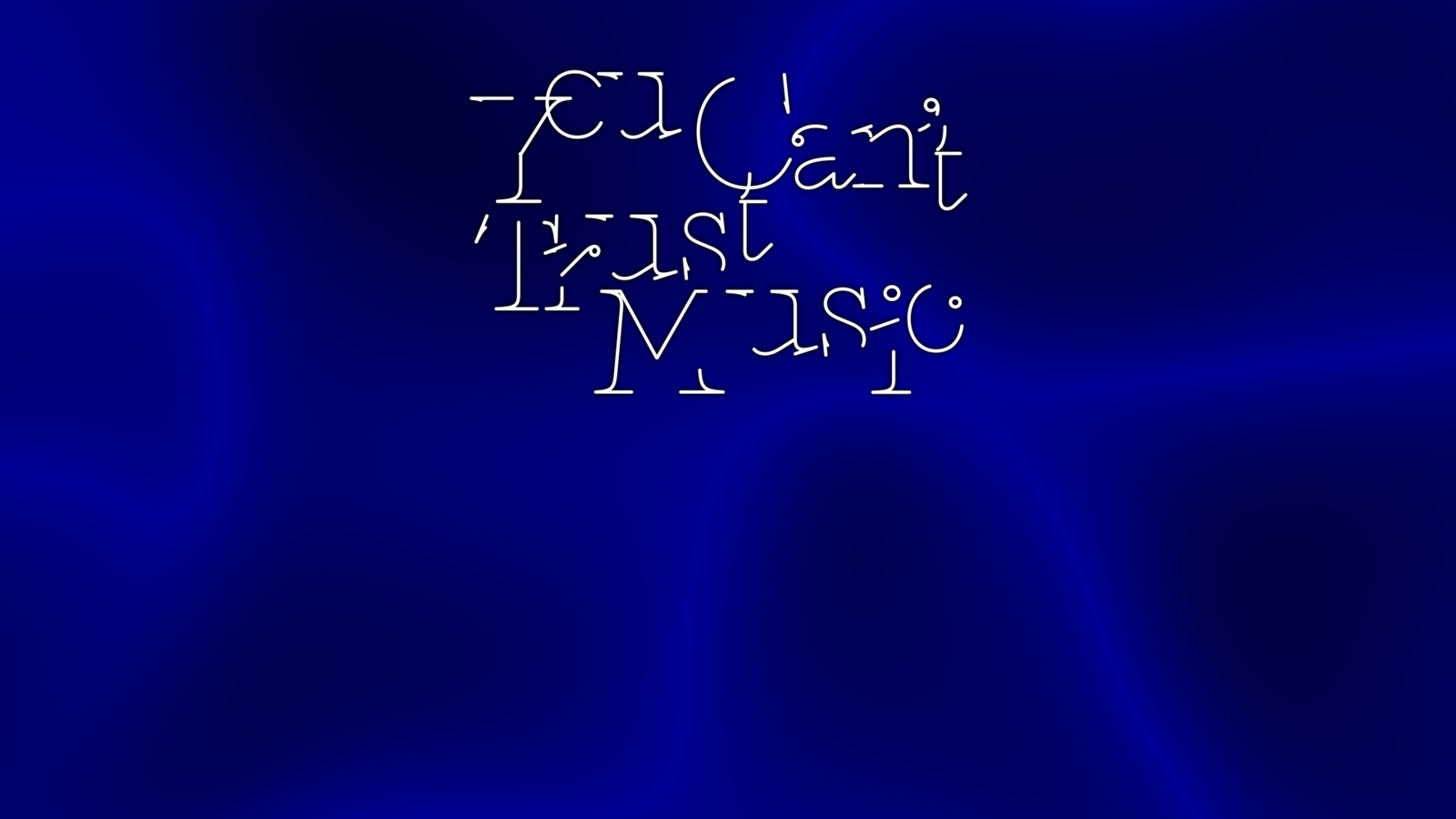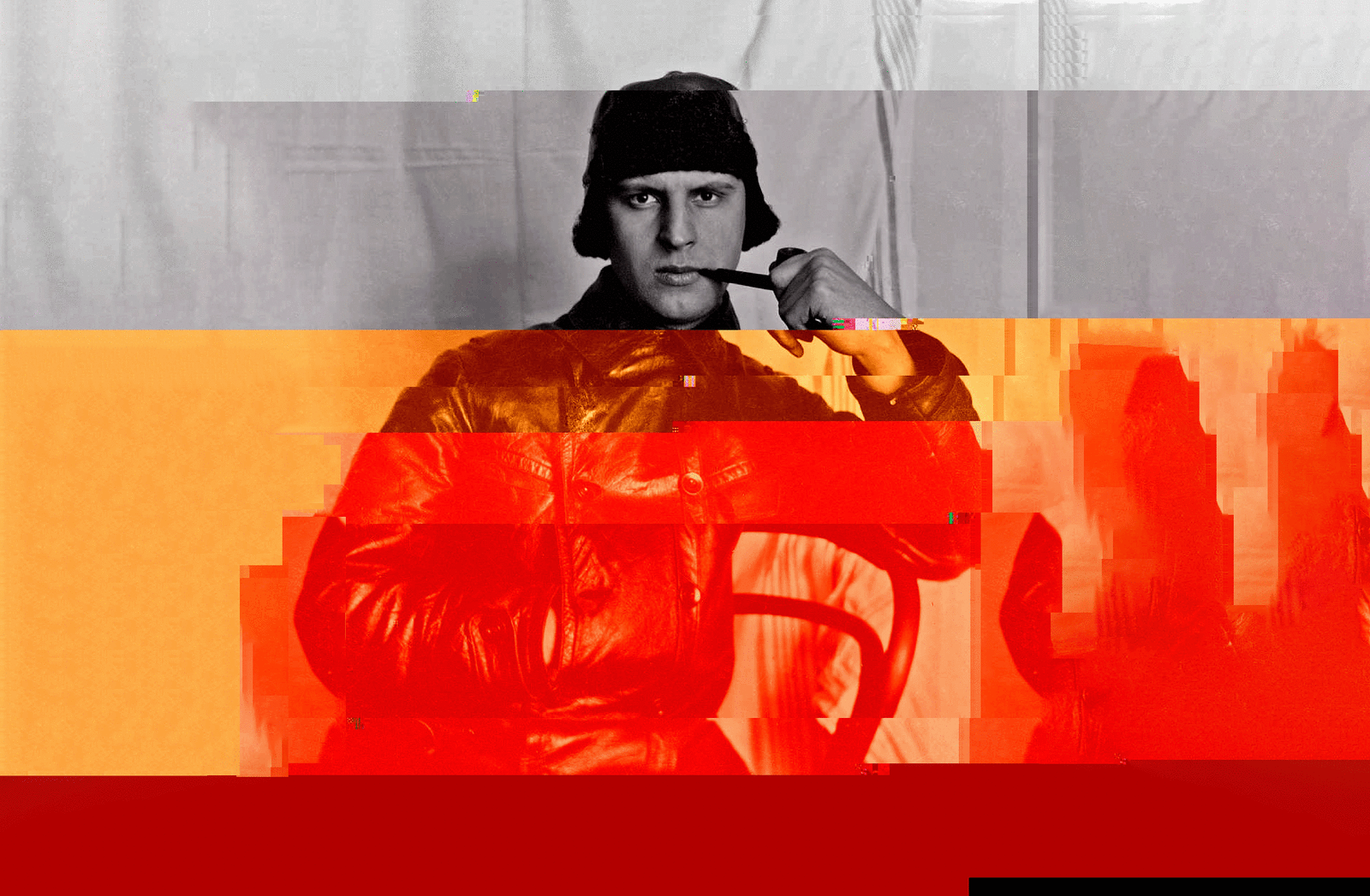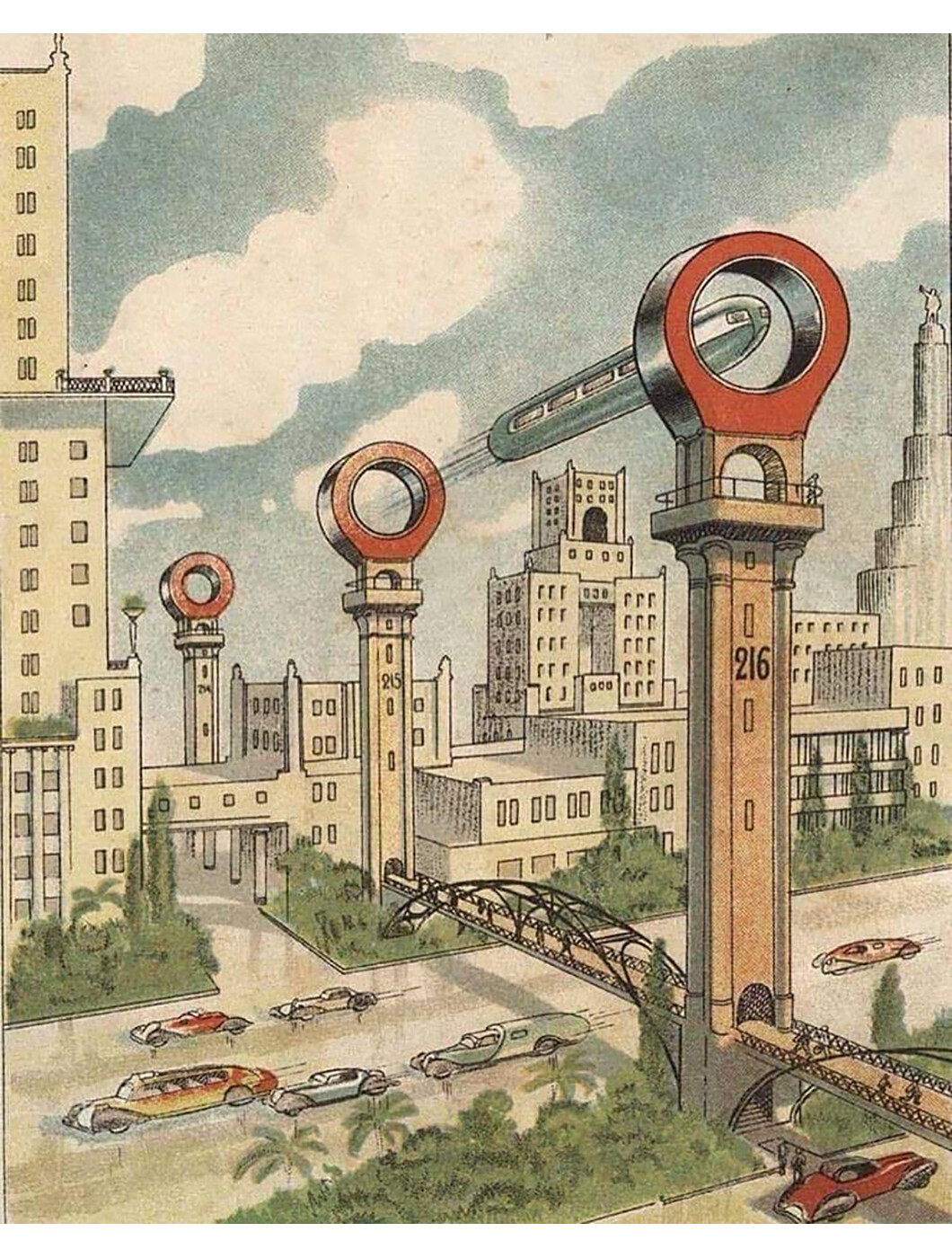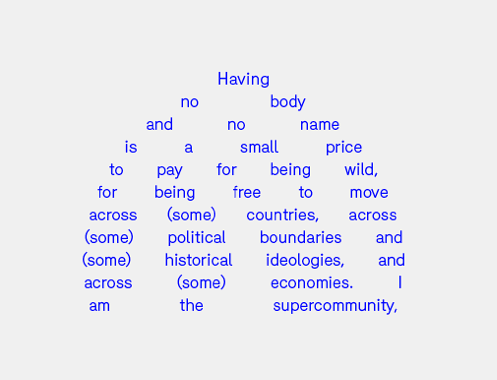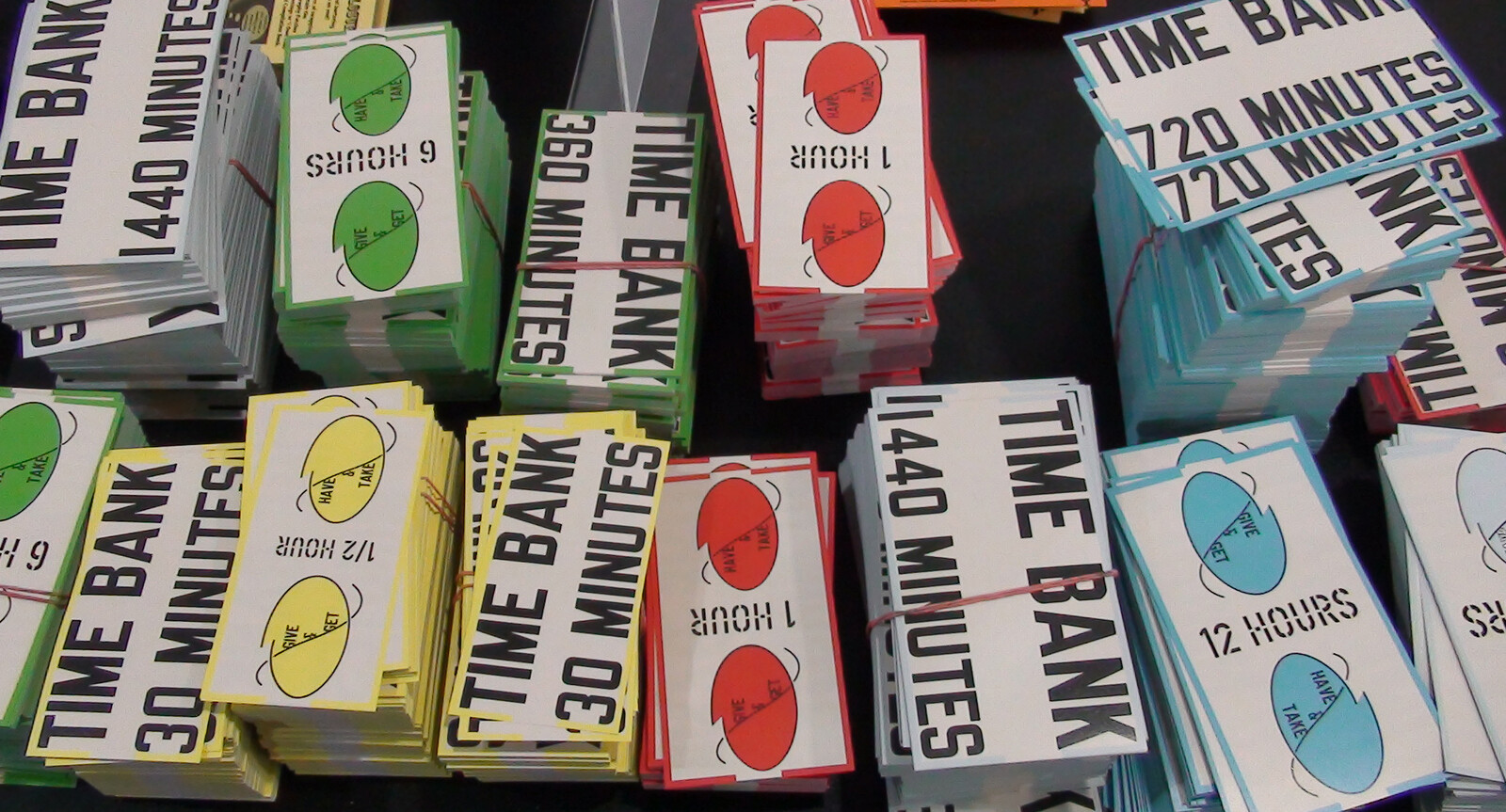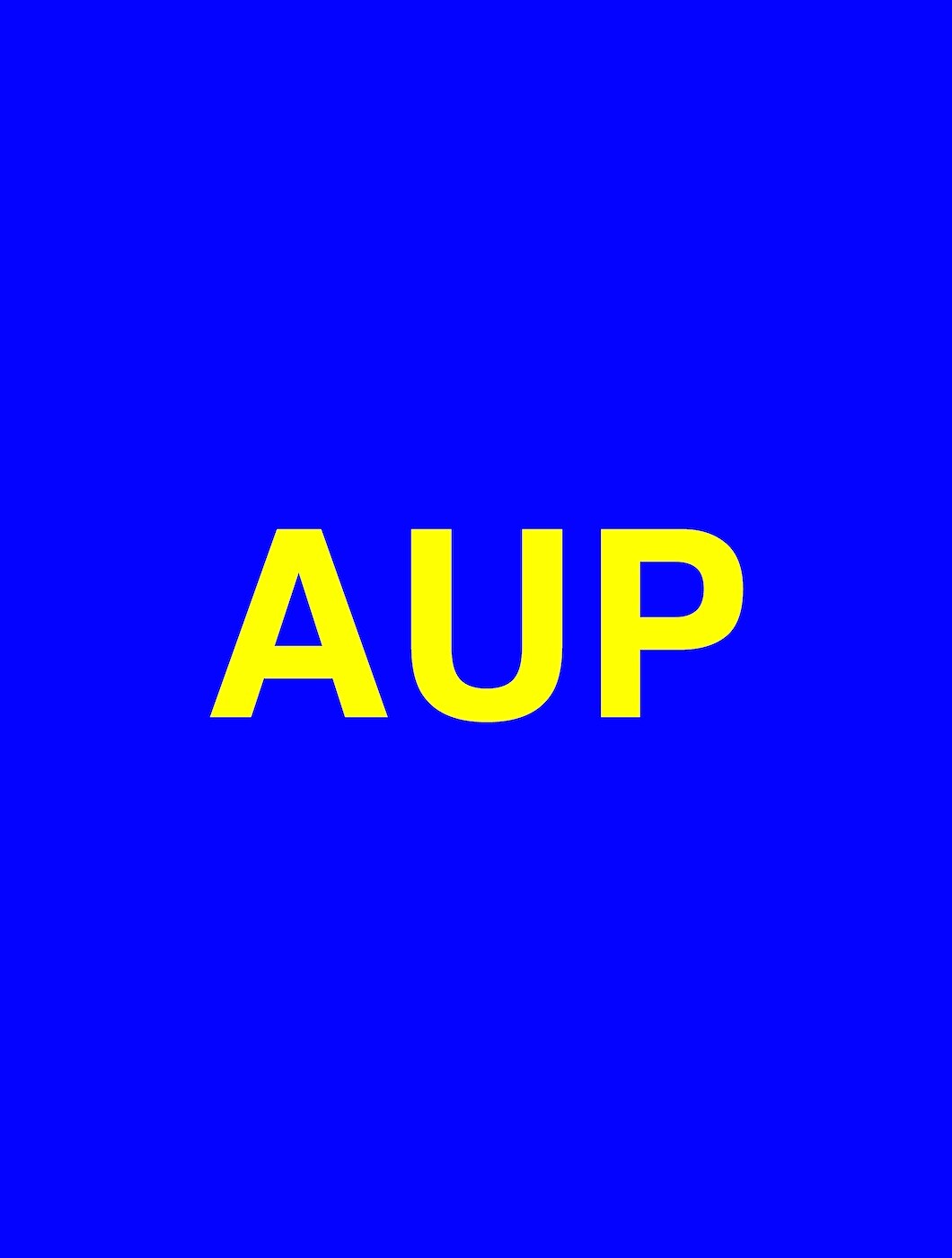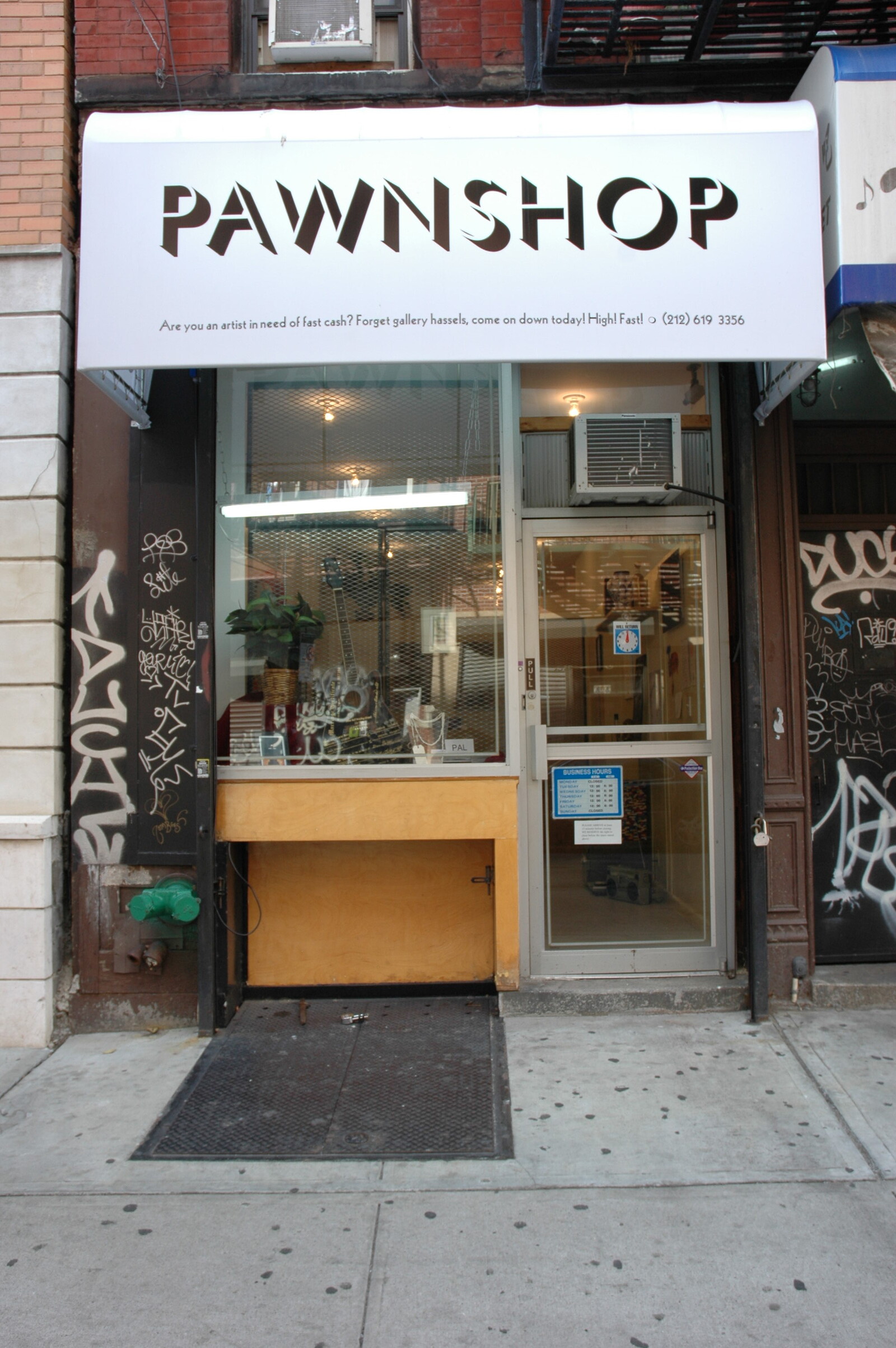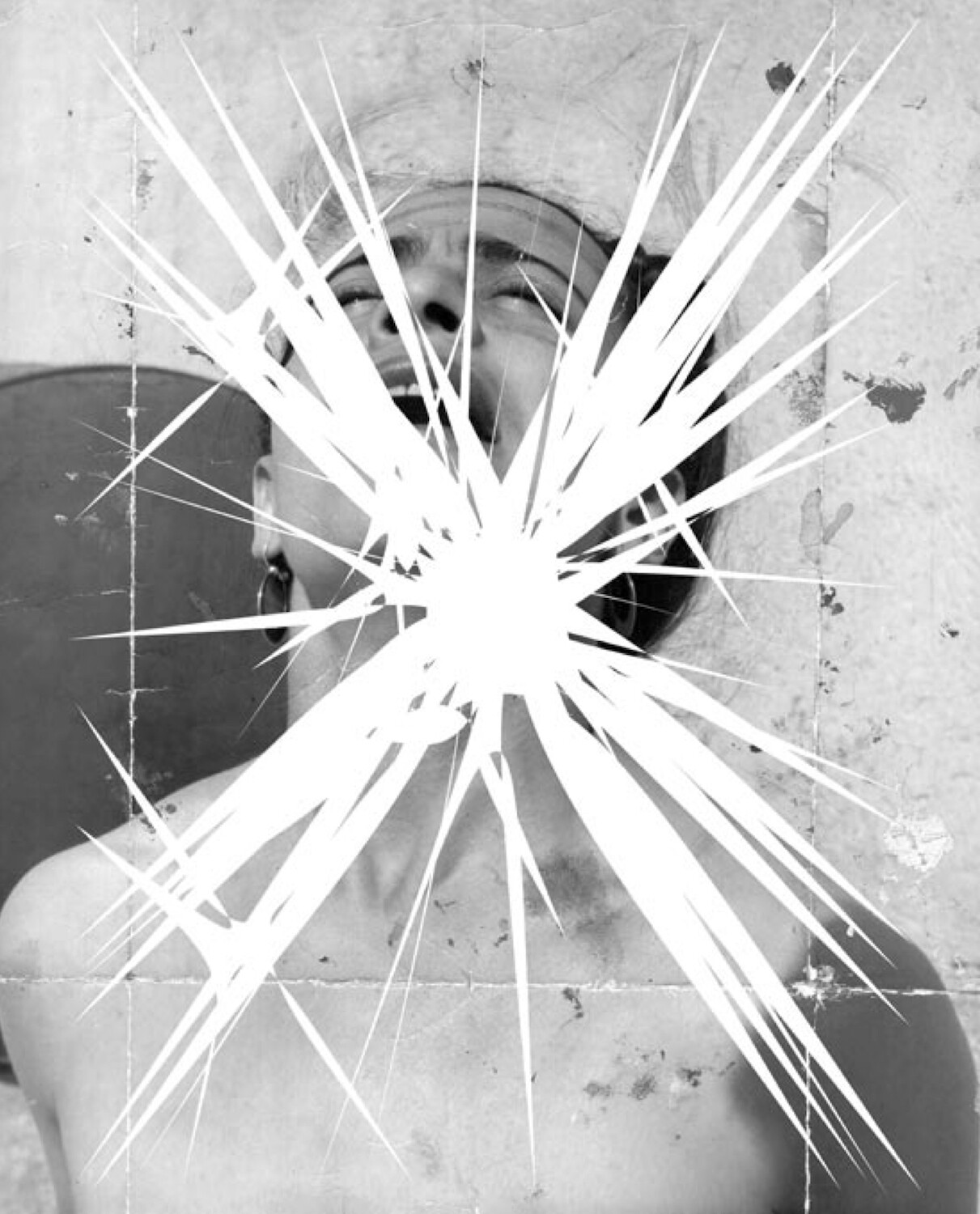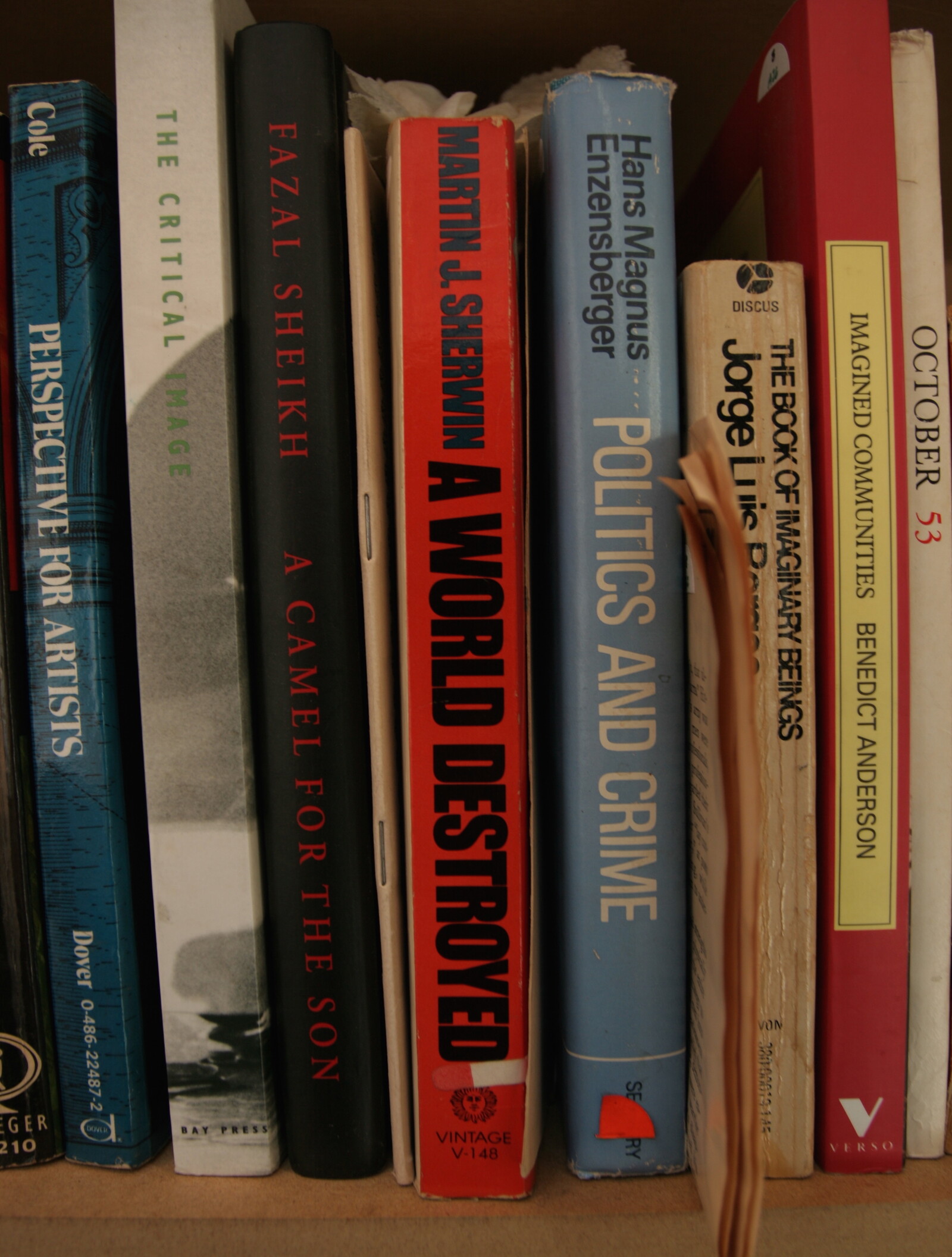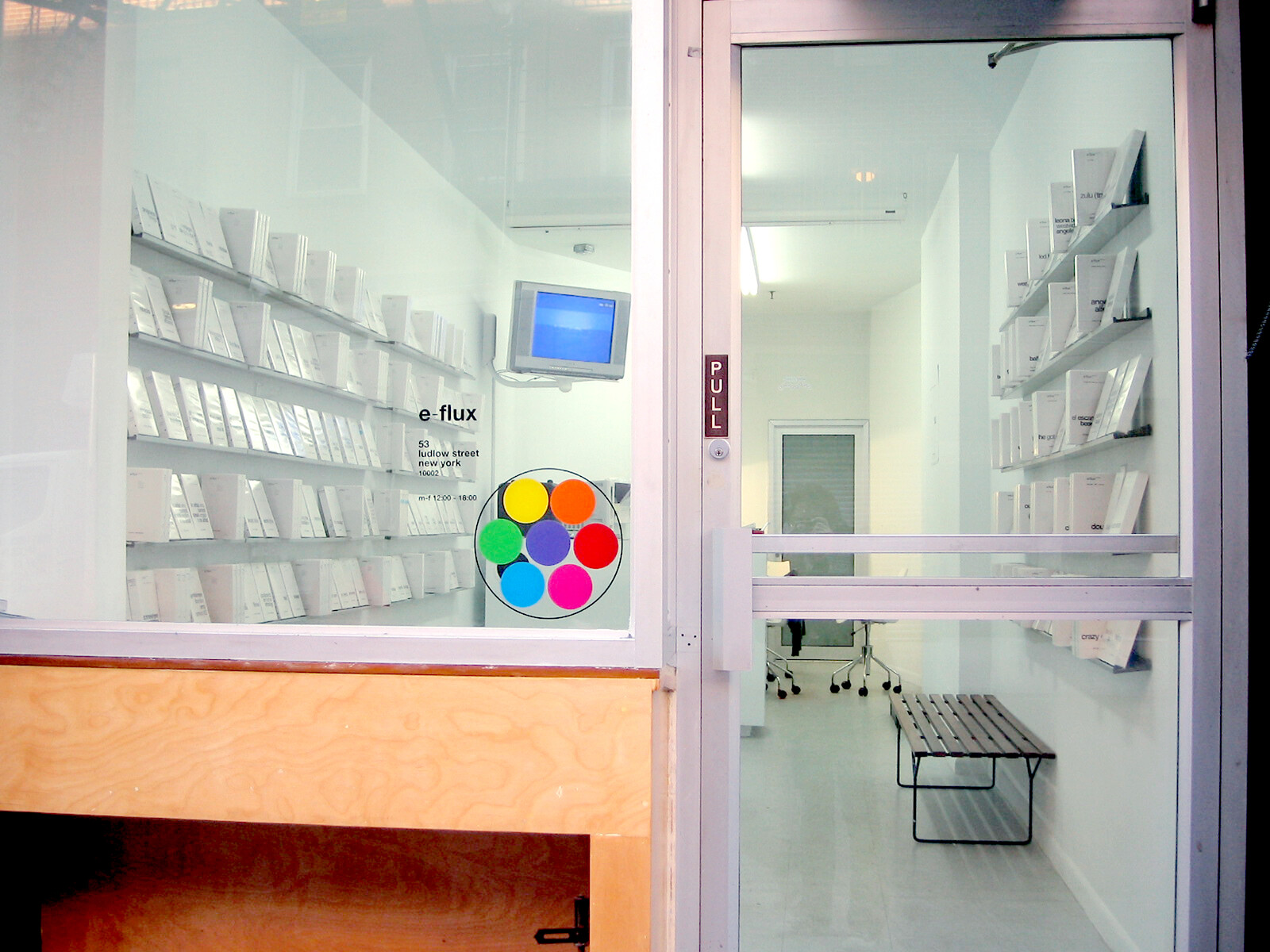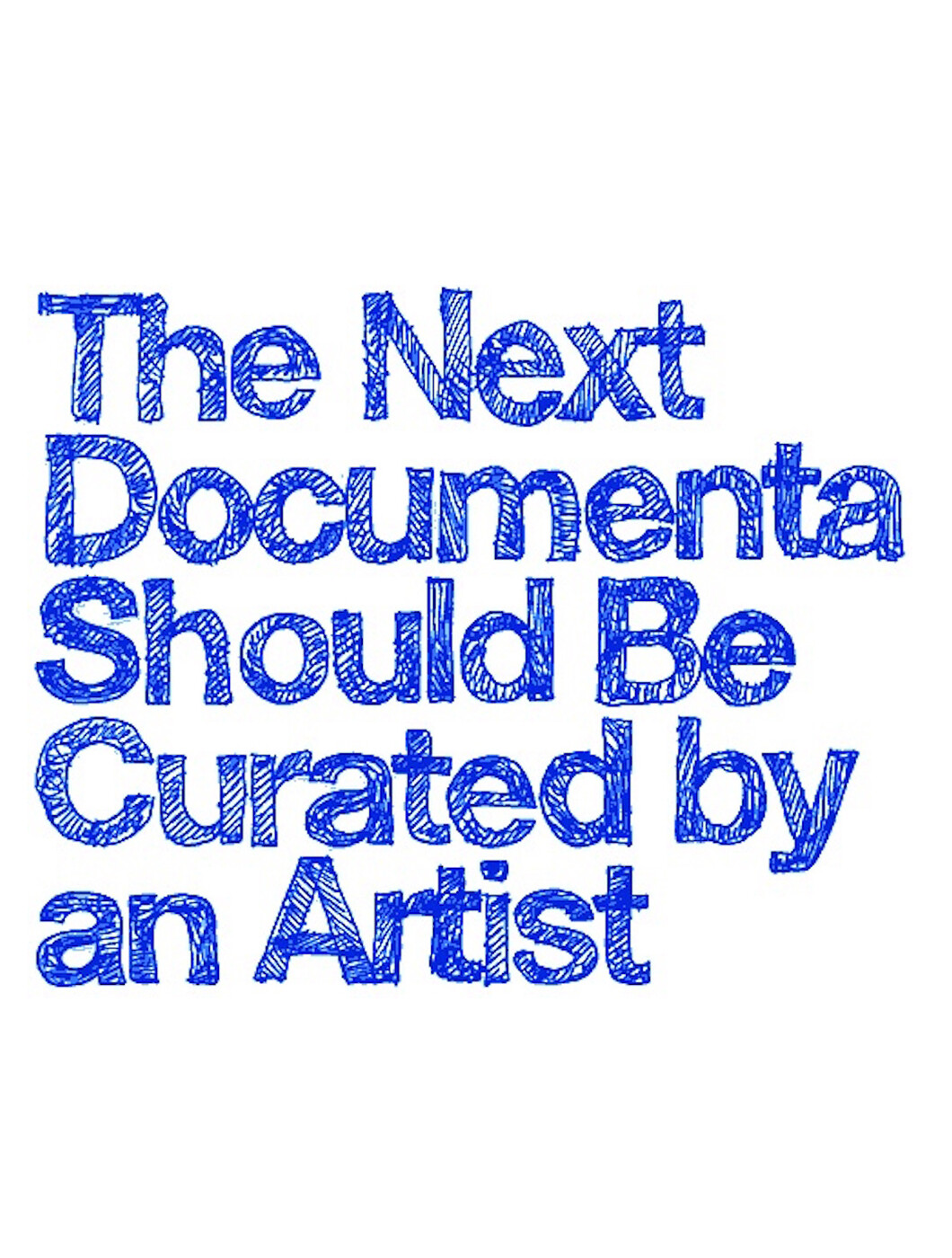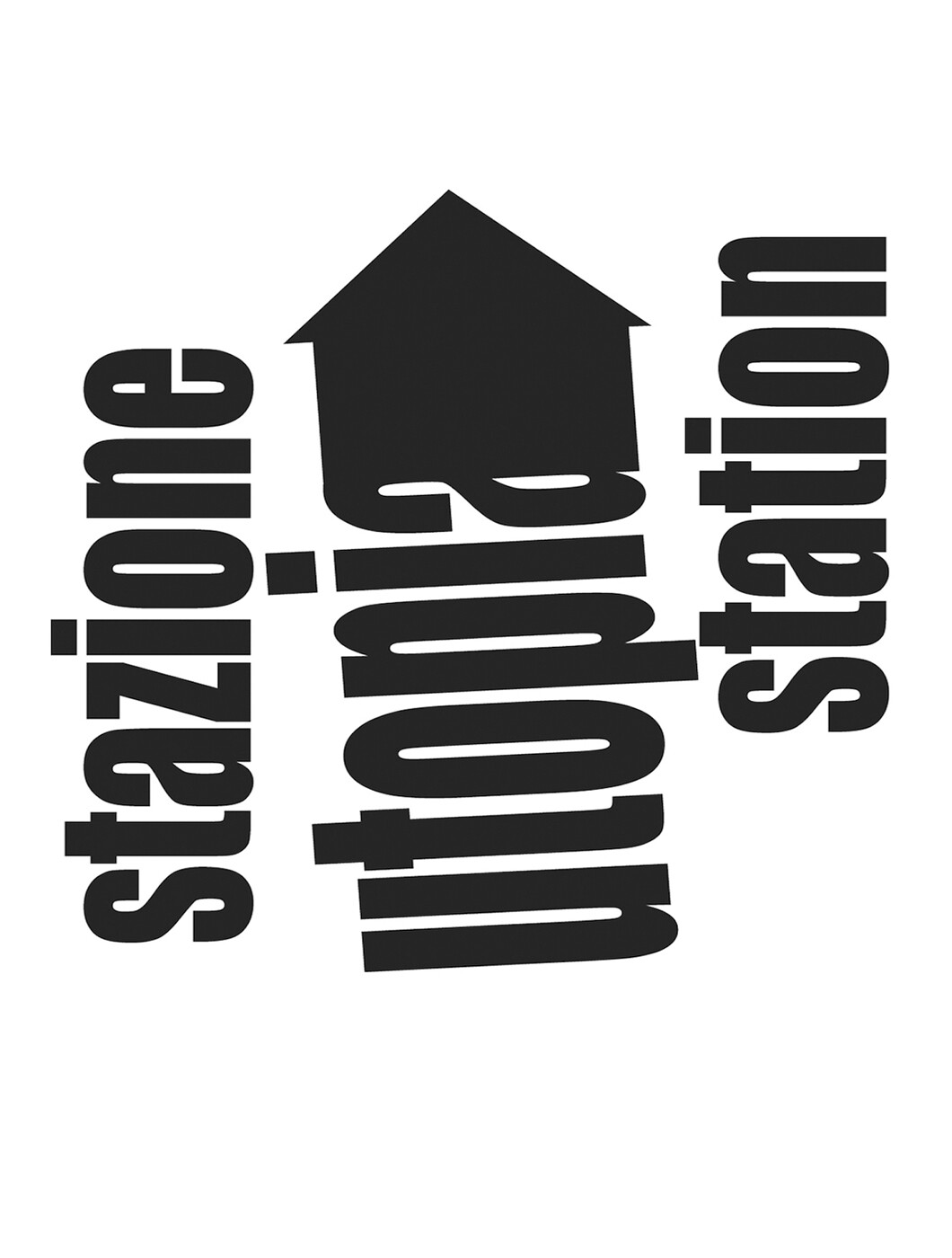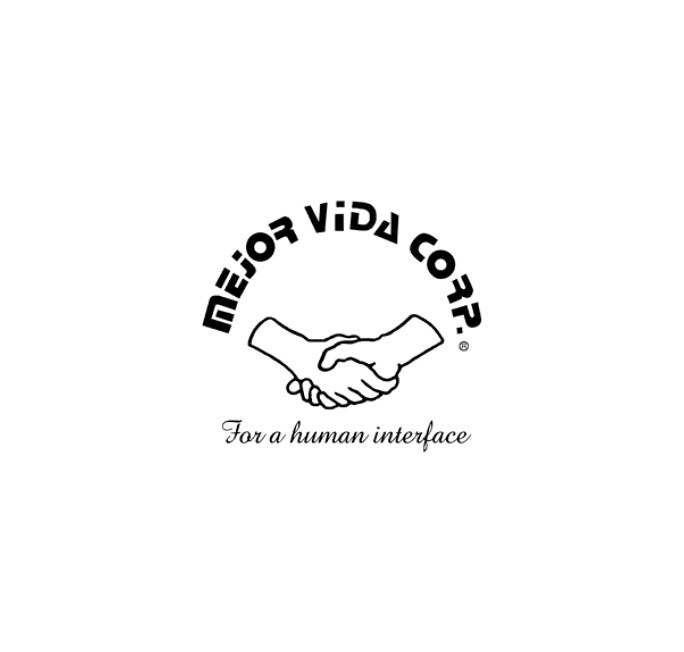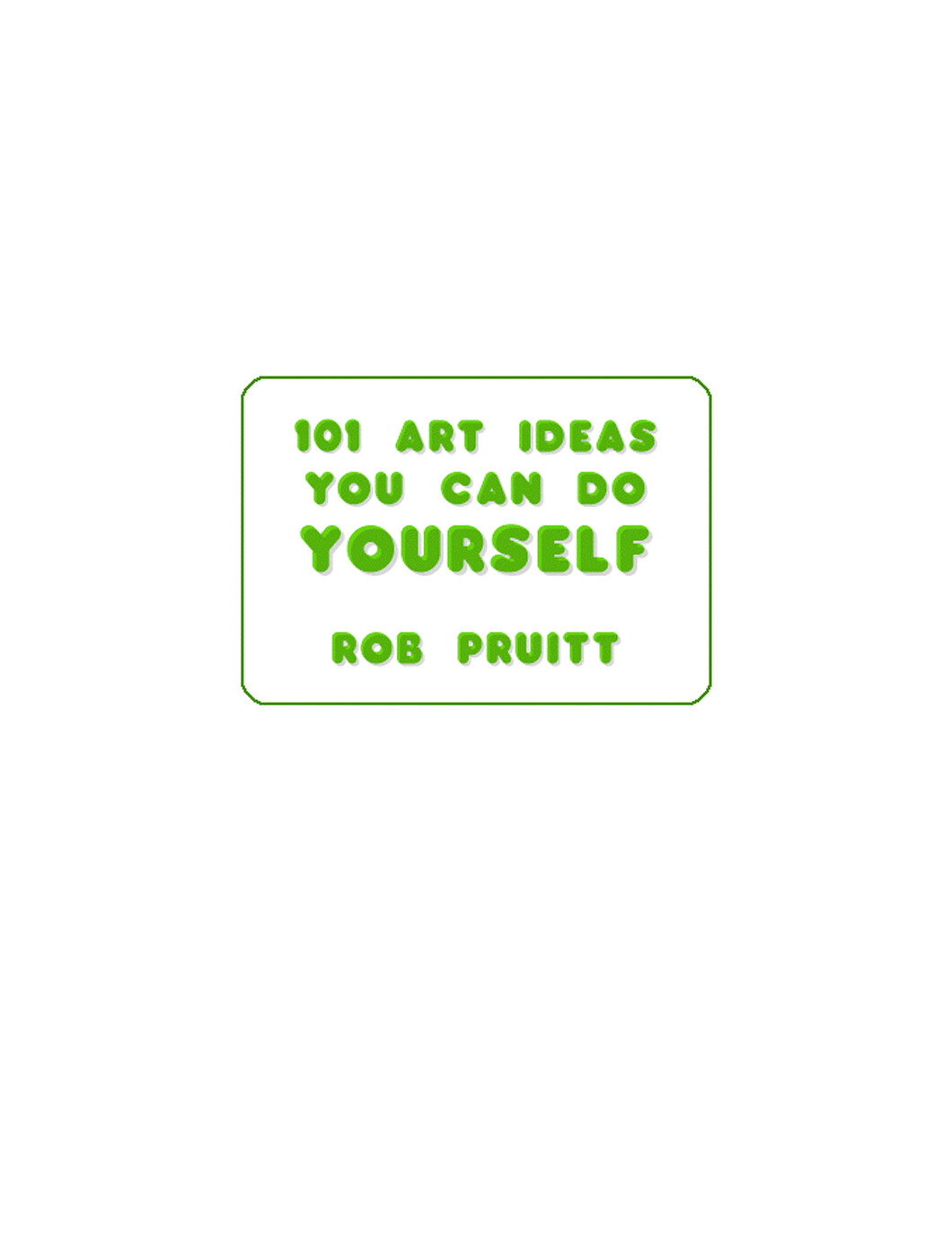East.Art.Map
East.Art.Map: was a project developed by IRWIN of Slovenia and was a tool that lead you through the last 50 years of the visual arts in Eastern Europe. One could learn about 250 artists / events / projects proposed by 24 art critics / curators / artists and make suggestions.
In the West, when someone even passably familiar with art history comes across a work by Joseph Beuys or Yves Klein, say, they immediately see it in relation to an entire network of other artworks and artists, among whom Beuys and Klein occupy important places. The “map” of Western art, in other words, is largely present in the minds of almost everyone in its basic outlines at least.
Not so in Eastern Europe, where the transparent structure of an overarching art history simply does not exist. In fact, no referential system is in place that is accepted beyond the borders of a given country and by which artifacts, events, and artists, significant to the history of art, can be organized and appreciated. Instead of such a transparent system, which allows for comparisons on an international scale, as in the West, what predominates in Eastern Europe is art-historical narration organized into local mythologies, or systems, adapted to the needs of individual countries, plus the occasional double system, which is full of legends and stories about art and artists opposed to the “official art.” Documentation about the latter is slight and sporadic, and comparisons to contemporary art and artists beyond the frontiers of a country are very rare.
Which is where East Art Map (EAM) came in. EAM aimed to critically (re)construct the history of art in Eastern Europe between 1945 and the present, in an effort to transgress against these closed systems of interpretation and evaluation. By leading interested individuals through the last fifty years of the visual arts in the region, EAM hoped to serve as an orientation tool, an art-history GPS as it were, to a vast but uncharted territory. 250 artists/events/projects considered of major importance by 24 invited art critics, curators, and artists from Central, Eastern, and South-Eastern countries were preliminarily identified.
This was, however, an initial selection only. Through its now-offline website, EAM invited the public to provide it with data that might well change the topography of the map it was formulating. In this way, EAM hoped to accelerate the collection of data and democratize its organization, to make it possible for anyone to collaborate in the creation of a history that will unfold before their eyes, and to establish a space and create conditions that facilitate communication among theoreticians, critics, and others from around Eastern Europe.
EAM also invited anyone who wished to propose additions or modifications to any project or artwork included on EAM. Submitted proposals were evaluated by a committee of six Eastern and Western European experts every two to three months.
Since 1983, the IRWIN artist group has been working with various media, from painting to public art, from sculptural works and installations to publishing. Following their “retro principle”, the five-member-group utilizes and combines different motifs, symbols and signs from the fields of politics and art, which results in the transformation of their historical meaning and content, and in the re-contextualisation and deconstruction of their related ideologies.
Reviews
“East Art Map: Contemporary Art and Eastern Europe” •
The East Art Map is the second edition of an extensive research/archiving project by Slovenian artist-group IRWIN (Dusan Mandic, Miran Mohar, Andrej Savski, Roman Uranjek and Borut Vogelnik) based in Ljubljana. It is also one of the first publications from the new imprint ‘Afterall Books’ that has evolved out of the journal Afterall, and is co-edited by…
The East Art Map is the second edition of an extensive research/archiving project by Slovenian artist-group IRWIN (Dusan Mandic, Miran Mohar, Andrej Savski, Roman Uranjek and Borut Vogelnik) based in Ljubljana. It is also one of the first publications from the new imprint ‘Afterall Books’ that has evolved out of the journal Afterall, and is co-edited by Charles Esche and Mark Lewis. Distributed by MIT Press and contributed to by Roger Conover, MIT’s Executive Editor, it should in some way be considered a companion publication to MIT’s anthology Primary Documents: a Source Book for Eastern and Central European Art Since the 1950s (2002) in which Conover is credited as an expert consultant. This could well explain the swelling of the East Art Map from its first inception in 2001 as a quixotic artist’s publication (and website project from 2004) to a 527-page ‘scholarly’ indexed imprint. The tone of the two publications is, however, divergent: East Art Map is marked by the predominance of writing by working curators and Primary Documents by that of art historians. While there are some crossovers between the two there is definitely enough material specific to East Art Map to recommend it.
One of its strengths is the inclusion of art-historical chronologies (1900–2006) from 18 former communist states and potted biographies of seven to ten of the leading artists from each country. This information can be cross-referenced visually with a 126-page section containing 243 reproductions handsomely reproduced on a different paper stock. For the reader wanting to bone-up on art from what is a massive and manifold geo-political region, it is an invaluable resource. However, a number of the artist biographies haven’t been updated since the 2001 edition; the anachronisms are glaring for artists such as Adrian Paci, Anri Sala (both Albanian) and Deimantas Narkevicius (Lithuanian), who have been making major work and showing internationally since then. Neither Pawel Althamer (though there is an essay on him by Esche) nor Artur Zmiejewski are mentioned in the list of key Polish names, and there is no reference to Mircea Cantor in the Romanian list.
Two countries, Belarus and the Ukraine, remain unmentioned, and in Primary Documents Belarus, Ukraine and Lithuania are absent. This is a shame considering that Kasimir Malevich was Ukrainian and Vitebsk in Belarus is the site of an influential art academy, the reputation and influence of which was established by Belarusian artist Marc Chagall. Although IRWIN acknowledge the Ukraine’s omission in the footnotes to their introductory text, along with the ‘sentimental’ bias represented by multiple entries from the former ‘Yugoslavian’ states, to my mind, given the involvement of academic publishing houses and professional editors, these asides should be writ large.
Therein lays the rub of the book; it is an artists’ project wrapped in an authoritative jacket. As long as the reader keeps this in mind, the East Art Map is an invaluable addition to the slowly forming canon of Eastern European art history being published internationally.
“Innovative Forms of Archives, Part Two: IRWIN’s East Art Map and Tamás St. Auby’s Portable Intelligence Increase Museum” •
Historiography, as Igor Zabel wrote, never was and never is a neutral and objective activity: It is always a construction of an image of an historical period or development … This construction plays a specific role in the symbolic and ideological systems, throughout which various systems of power manifest themselves on the level of public…
Historiography, as Igor Zabel wrote, never was and never is a neutral and objective activity:
It is always a construction of an image of an historical period or development … This construction plays a specific role in the symbolic and ideological systems, throughout which various systems of power manifest themselves on the level of public consciousness. The fields of culture and art, thus art and cultural history, are those spheres where it becomes evident how the systems of power function symbolically. They namely construct stories and development systems and, simultaneously, present them as “objective” facts. Those viewpoints, that are incompatible with such constructions, are, on the other hand, marginalised, hidden or excluded.”1
An awareness of the conditions and manipulations involved in the emergence of documents or works of art, which are then officially presented as “objective facts,” offers a means of contextualizing the ideas and knowledge that we inherit through education and society at large. Following Lia Perjovschi’s mapping of what a subjective art history can accomplish, two other projects offer some perspective on expanding archives and contest the hardening of grand (art) historical narratives imposed by either “colonizers” from Western Europe and the U.S. (in the case of the group IRWIN) or “colonized” local art historians (in the case of Tamás St. Auby). For the past decade, in the context of an encounter between postcolonial and postcommunist studies, the terms of colonization—its forking historical paths, official and unofficial documents, events, and stories—have been widely discussed within Eastern European theoretical discourse. In a recent text about the post-bipolar condition of the former Eastern Bloc, Vit Havránek explains how there existed a double colonization in the Eastern European states outside the Soviet Union:
Soviet executive colonial power manifested itself across the Eastern Bloc unevenly, because it colonized countries not through direct governance, but by establishing, controlling and overseeing national governments which were subordinated to the centre in differing degrees. The “paternal nation,” along with the state apparatuses of each country, administered and adapted the colonial ideology locally according to its own needs and local conditions, translating its local languages into local laws and norms … In the satellite states, people were colonized twice—first, as historical victims of the post-war world which fell to their liberators, divested of their existing state administrations and forcibly oriented toward the historically higher-ranking ideology of communism (horizontally) and, second, by means of their own communist agitators and governments in whose hands they were subjected to a differentiated national self-colonisation (vertically).2
In opposition to the most common symptom of the colonized—the belatedness with which one’s own culture projects itself as an echo of the grand narratives—these particular artistic engagements are witnesses furthermore to the importance of documenting and disseminating the neglected chapters of art history. It might seem that the role of the artist and that of the museum have changed places. The objective of this (self-)historicizing artistic strategy is to record the parallel histories that are subjectively preserved and exist as the fragments of memories and semi-forgotten oral traditions. In her seminal essay on “interrupted histories,” Zdenka Badovinac explains that the artists thus act as ethnologists or archivists of their own and other artists’ projects that were marginalized by local politics and remained invisible in the context of international art.3 This informal historicization is, in Badovinac’s view, the point at which the Other resists its former status as an object of observation, classification, and subordination to the modernizing process, transforming instead into an “active Other.”
IRWIN and East Art Map
Never pretending that theirs was the ultimate story, the group IRWIN however felt itself to be at the right place at the right time to provide a research tool in the form of the ongoing project East Art Map, on which a multiplicity of subjective views and voices of different generations and opposing aesthetic views could be expanded into an art historical alternative. Already in the late 1980s the newly established IRWIN group defined its program, whose governing principles were “retro-principle,” emphatic eclecticism, and assertion of nationality and national culture. Retro-principle is defined not as a style or trend, but rather a conceptual principle, a particular way to behave and act. In a diagram created in 2003 IRWIN claimed the retro-principle to be the ultimate method of working, by way of constructing context. The principle involves three fields of interest in which IRWIN performs its artistic activities: “geopolitics” (projects like NSK Embassy Moscow, Transnacionala, East Art Map), “politics of the artificial person” (transformation of the collective Neue Slowenische Kunst, which IRWIN co-founded, State-in-time, Retroavantgarde—Ready-made avant-garde and other projects), and “instrumental politics” (IRWIN’s advisory work on several international collections, East Art Map).
When the transitional period began in the 1990s and the doors to the Western art establishment (meaning the prospect of international acclaim) were opened, IRWIN, in opposition to most, did not attempt to melt into the Western art system, but decided to continue working within their own cultural context. The basic premise was that the conditions under which artists in the East worked represented the only real capital available to them after the changes in the early 1990s. Therefore IRWIN turned to the East in order to compare their experiences with those of other artists working in the West. Based on this fundamental distinction, IRWIN labeled the artistic production of the latter “Eastern Modernism.” The term embodied a paradoxical stance towards the internationalizing and globalizing institution of (Western) modernism and represented IRWIN’s attempt to actively intervene in the grand narratives of a Western-dominated art history; it is in this spirit that they construed a fictive art movement for the geographic space of Yugoslavia, called “retroavantgarde” or “retrogarde.” Vit Havránek writes about a certain
compensatory effect which manifested itself promptly after 1989 in the satellite countries [which] was an immediate rejection of a common ideological (non)time as a colonial instrument of governance along with the need for the “return” of national temporalities to that of Western history. This process has run a very paradoxical course; the West demanded the integration of “Eastern art” as a homogenous temporality into the universal time of the First World—and continues to do so to this day, one might say.4
With the aim of unmasking the subjective construction of that very art history that was imposing its canons and colonizing other parts of the (Second and Third) World, IRWIN, together with their long-term collaborator and writer Eda Čufer, wrote a manifesto, The Ear Behind the Painting (1990):
During the Cold War, numerous artists emigrated to the West, and the false conviction that modern art, no matter whether coming from the East or from the West, is so universal as to be classified under a common name: the current –ism, appeared to be very common … The different contexts in which the Western and the Eastern experiments were carried out deprived modern art of its international character … With Eastern time preserved in the past and Western time stopped in the present, modern art lost its driving element—the future … The name of Eastern art is Eastern Modernism. The name of its method is retrogardism.5
IRWIN, in collaboration with the philosopher Marina Gržinić, refers to the master narrative of modernism, Alfred H. Barr’s Diagram of Stylistic Evolution from 1890 until 1935, which Barr, founding director of New York’s MoMA, developed in 1936 as a genealogical family tree of the European avant-garde movements as precursors of the abstract art of modernism; in so doing, IRWIN
with a similarly arrogant attitude … transfers this scheme onto Yugoslavia, here in the form of a reversed genealogy of the “retroavantgarde,” which extends from the neo-avantgarde of the present back to the period of the historical avant-garde. The installation Retroavantgarde … is both an independent work of art and a pragmatic, cartographic instrument … By postulating the existence of a fictive Yugoslavian retro-avant-garde, IRWIN (re)constructs and posits a modernism intrinsic to Eastern Europe. This “Eastern Modernism” however, turns out to be just as construed, fictive, and artificial as its Western counterpart.6
In a painting—and later in an installation that included original works by, among others, Mangelos, Mladen Stilinović, Braco Dimitrijević, Kasimir Malevich, and IRWIN—the artists incorporated their heroes and influences into an organized system. Moreover, as mentioned above, to Western art historians Eastern Europe has usually been considered a region where belated influences from the West were at the foundation of its own art history, and where reproductions or copies of masterpieces were seen more often than originals.7
The East Art Map, an ongoing project started in 2002, gave rise to several exhibitions and a book published in 2006 by Afterall Press in London. In 2002 IRWIN invited twenty-three curators, critics, and art historians from Central and Eastern Europe (among them Iara Boubnova, Ekaterina Degot, Marina Gržinić, Elona Lubyte, Suzana Milevska, Viktor Misiano, Edi Muka, Ana Peraica, Piotr Piotrowski, and Igor Zabel) to each select ten artists from their respective local contexts that they considered the most crucial for the development of contemporary art in Eastern Europe. “The history of art is a history of friendship,” claims IRWIN in the first part of the East Art Map project, based on the axiom that “history is not given,” that one has to actively intervene in history’s construction. The aim of this ongoing project is to show the art of geographical Eastern Europe as a unified whole, outside any national frameworks. IRWIN writes that:
In Eastern Europe there exists as a rule no transparent structures in which those events, artifacts, and artists that are significant to the history of art have been organized into a referential system accepted and respected outside the borders of a particular country. Instead, we encounter systems that are closed within national borders, whole series of stories and legends about art and artists who were opposed to this official art world. But written records about the latter are few and fragmented. Comparisons with contemporary Western art and artists are extremely rare. A system fragmented to such an extent … prevents any serious possibility of comprehending the art created during socialist times as a whole. Secondly, it represents a huge problem for artists who, apart from lacking any solid support … are compelled for the same reason to steer between the local and international art systems. And thirdly, this blocks communication among artists, critics, and theoreticians from these countries.
Understanding history as the ultimate context, IRWIN decided to “democratize” its construction. Thus, following the official selection of the invited professionals, IRWIN established an online portal, where anyone who is interested could add proposals or suggest substitutions within the established East Art Map.8 The invitation to do so sounds even pathetic: “History is not given, please help construct it!” However, sharing the responsibility by proposing a co-authored historiography is a democratic gesture in itself. This portal is now an archive-in-progress for the forthcoming proposals and discussions about the compiled documentation. Another level of the project is represented by its installations in the gallery contexts that offer a possibility to browse through an archive of links, digitalized images, and a transparent system of selections compiled by the invited professionals. These installations are IRWIN’s artworks, as is, in its potential reading, the publication itself.
Tamás St. Auby and Portable Intelligence Increase Museum
The efforts of Tamás St. Auby (born in 1944, and also known as Tamás Szentjóby, Stjauby, Emmy Grant, St. Aubsky, and T. Taub) to correct and insert his own knowledge of works of art and art movements into the official local art history can be observed analogously to Lia Perjovschi’s appraisal of subjectivity as the axiomatic viewpoint. This major conceptual and political artist, who represents one of the most radical art positions within the Hungarian neo-avant-garde, has translated numerous Fluxus texts and was a co-organizer of the first happening in Hungary. In 1968 St. Auby founded the International Parallel Union of Telecommunications (IPUT), through which he, as the organization’s superintendent, has since performed part of his activities under the motto “All prohibited is art. Be prohibited!” In the early 1970s he developed the notion of the artist’s strike (which we encounter in 1979 in Eastern Europe with the Serbian artist Goran Djordjević and his attempt to organize an art strike on an international level) as a creative decision, which was St. Auby’s response to being strictly censored by the Hungarian authorities and arrested in 1974 due to his participation in the samizdat literature movement; a year later he was forced to leave his country. Only in the early 1990s was he able to return to Budapest.
Criticizing the official Hungarian “art historical falsification,” in 2003 St. Auby created in the Dorottya Gallery in Budapest the interactive installation Portable Intelligence Increase Museum: his own database of artists working in Hungary outside and against the oppressive government system that, together with his colleagues belonging to the Neo-Socialist Realist International Parallel Union of Telecommunications’ Global Contra-Art-History-Falsifiers Front, he compiled as the true record of the “Pop Art, Conceptual Art and Actionism in Hungary during the ‘60s,” as the project’s subtitle has it. According to its authors, it spans a period between 1956 and 1976. This continuously expanding multimedia archive is made up of a walk-through wooden construction of tables and walls, and contains about seventy multiples by roughly seventy artists as well as the digitalized, projected reproductions of more than 1,100 works in all kinds of formats (paintings, photos, sculptures, objects, films, videos, poems, texts, documents). With Marcel Duchamp’s archival and autonomous Boîte-en-valise in mind, we can observe the derivation of the Portable Museum’s easily mountable structure. This counter-art-historical project was conceived with the intention of exposing the flaws in official accounts of Hungarian art of the 1960s and ‘70s by noting that the important subversive practices of the neo-avant-garde were left out of the influential publication The Primary Documents and exhibitions like “Aspects/Positions.”9 In an openly confrontational tone, St. Auby states that the art produced after the 1950s in Hungary that developed in synchrony with international trends and other suppressed experiments within Eastern Europe was not properly revealed to the public. He writes that:
It might have been covered had Hungarian art historians and curators taken upon themselves the task of informing the unaware public about domestic and foreign developments before and after the 1989 coup. The era’s Hungarian artistic developments aren’t worked up, appreciated, archived or popularized. As a consequence, the artistic common knowledge is truncated and mutilated.10
In a similar fashion to IRWIN, St. Auby makes an artistic intervention into the constitutive history of contemporary art, a constructive proposal that is no less an ambitious effort at self-institutionalization.
